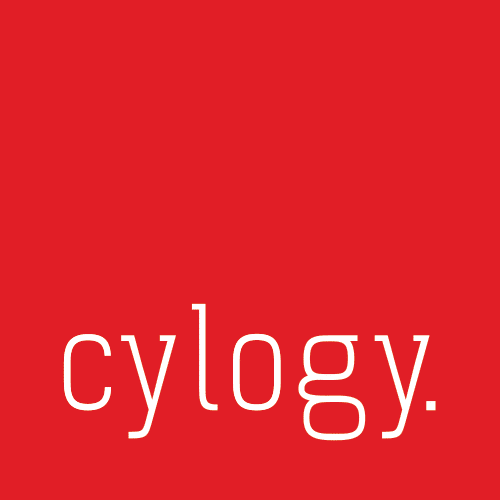A strong relationship can only work well if there is good communication between an agency and a client. Effective communication is at the heart of everything we do. You can have the best coders in the world, but if they cannot communicate then an agency-client relationship is simply not sustainable. Poor communication leads to misunderstandings, poor results, a lack of trust and ultimately the breakdown of a working relationship.
Of course, communication is a two-way process. Poor communication from a client to an agency can be as frustrating as the other way around; ultimately, all parties want an honest and open working partnership. Therefore, we put a lot of effort in ensuring there is good communication between us and all our clients.
When considering how to ensure there is good communication between an agency and a client, there are multiple factors to consider. Here are seven tips for better communication.
1. Consider different “modes” of communication
When considering communication, a “one size fits all” approach simply does not really work. One of the reasons is that there are different “modes” of communication required for different circumstances. Between an agency and a client this tends to fall into four main modes:
· Account management: this is more about servicing the long-term relationship, the commercial arrangements, potential future projects and sorting out any issues.
· Projects: projects tend to have their own governance and communication processes, which are always critical for success.
· Support and maintenance: this is more to do with everyday communication where you might be reporting issues, bugs or having check-ins. The communication methods here may be dictated by a Service Level Agreement (SLA).
· Personal: personal everyday communication between team members, perhaps in more of a social setting.
When considering agency-client communication and the methods and channels to use, it really helps to think about each of these “modes” separately because they are very different.
2. Consider your channels
There are a wide variety of choices and tools on how to communicate; various inputs may define the best channel to use including formal commercial arrangements, speed, personal preference, customer preference, technology available, number of people involved, the use case, the formality of response required and so on. For example, you may be utilising:
· face-to-face meetings
· virtual meetings
· stand-ups (in person / virtual)
· telephone calls
· instant messaging
· ticketing systems / DevOps.
Each of these channels have advantages and disadvantages, so it’s worth considering the merits of each.
Generally, when you consider the channels you are going to use, there are three key factors:
One: Clarity: so that people understand what channel to use when
Two: Flexibility: so people have some choice over how to communicate
Three: Suitability: using the optimum channel for the right purpose of the message and the relative audience.
3. Ensure transparency around availability and response times
Ensuring transparency around availability and the speed of response is critical; without it, there can be misunderstandings between an agency and a client. When a client sends off an email and gets no response for three days, or when a development team needs input to proceed with their work, but the client has gone AWOL, then it can be very frustrating.
Managing client expectations is key. Often, frustration arises not from not receiving a specific response, it can be more about not knowing when to expect a response and consistency in those responses. If an agency does not let a client know that half the team is on vacation, or if the client does not let an agency team know they are busy on something for three days, then misunderstandings can occur.
Sometimes just letting everybody know when a response is forthcoming can make all the difference. An email that says “I will get back to you on Friday morning” can often suffice.
4. Ensure smooth communication between technical and non-technical people
A cause for misunderstanding can be communication between those who are technically-confident and those who are less so. Sometimes this can be down to vocabulary. Words like “document”, “file” “content migration” and “copy” for example might have very different meanings to an IT developer and a content marketer, and it is surprising how this can lead to issues.
Misunderstandings between technical and non-technical staff can also occur about levels of effort. Development efforts that might seem like they should be very easy or straightforward from a business perspective may actually take a lot more effort to code; if the developer doesn’t explain this then there can be issues around expectations.
Sometimes the misunderstandings are more fundamental. There is nothing worse than when an IT professional is slightly patronising to a non-IT professional, or when a marketer assumes a developer is a geek with no appreciation of business processes.
Actually, when both IT and non-IT folk take time to explain their perspective, the considerations they take into account when making decisions, or even try to explain approaches in non-technical terms, the magic can really happen. For example, when we find non-IT people better understand how Sitecore works, it can lead to better planning, functional requirements and more.
5. Honesty isn’t just best, it’s critical
Sometimes projects can go wrong and there can be tension, particularly when there is pressure and tight deadlines. Here being able to be honest when there are issues or upcoming issues, means they can be more easily resolved. Here account managers and project managers can play an important role in ensuring when something difficult needs to be said, it can be said. When there is the ability to do this, it can lead to much better communication all round.
Taking the time to also carry out project reviews and looking at how things could be improved can also be very valuable and lay down an excellent path for the future.
6. Introduce the team
Over time marketing teams and client teams change. Having a mechanism to introduce the team and also meet in a social setting can help provide a social glue that can support good communication.
7. Keep on working at communication
As relationships between agencies and clients mature, things can change. There may be less commercial opportunities or perhaps the work moves from an intense project to a less intense support and maintenance relationship. Like any working relationship, it is important that both parties keep on working at communication because fundamentally relationships and priorities change in ways that can impact everyday communication.
Good communication is at the heart of everything we do
We love working with clients for the long term and good communication is at the heart of everything we do. If you’d like to discuss better agency-client communication, then get in touch!




